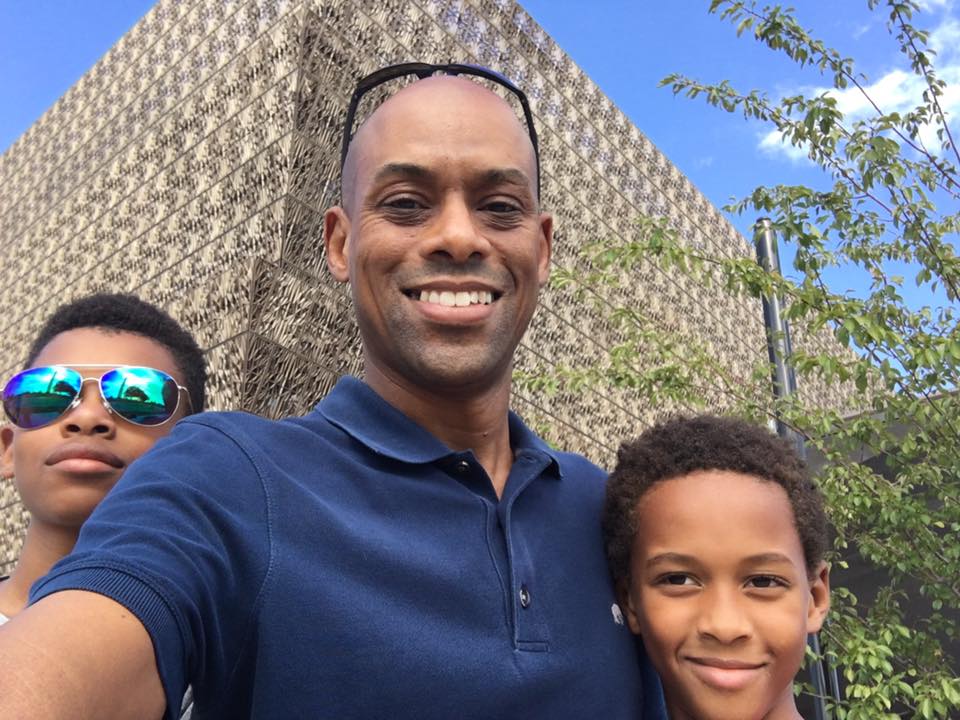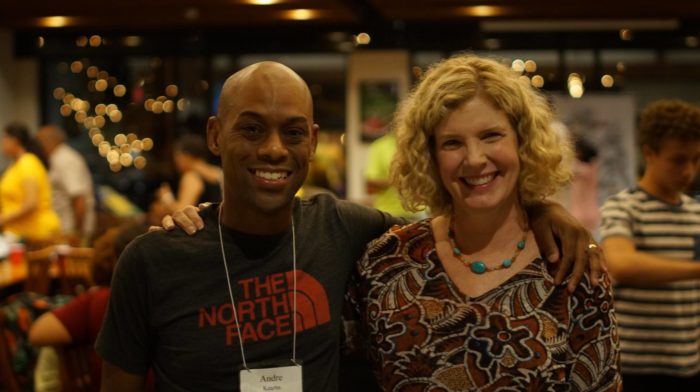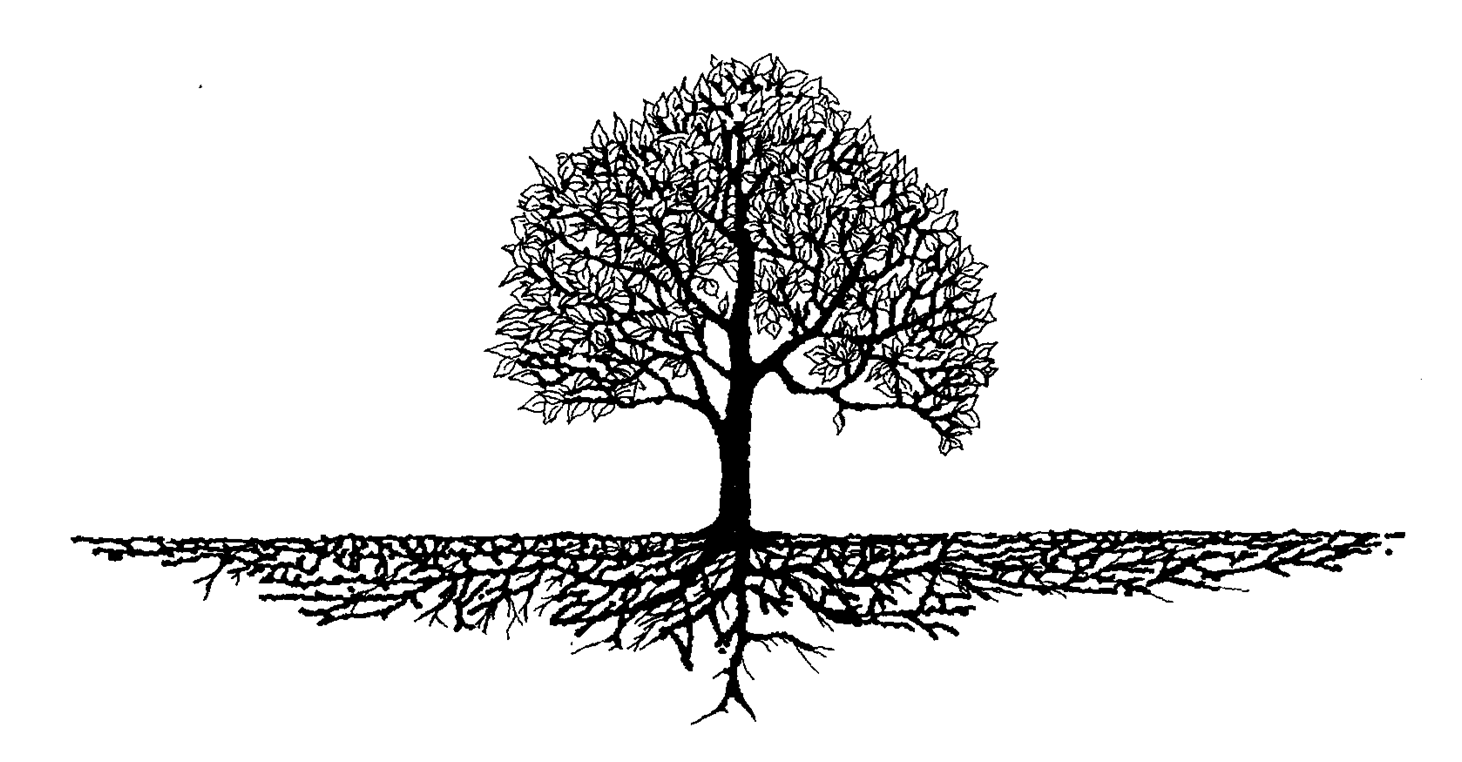The New Museum
This past weekend the Smithsonian National Museum of African American History and Culture opened its doors to the public. It was a herculean effort to create this magnificent museum, 13 years in the making, and it was led by Historian Dr. Lonnie Bunch.
It’s a grand structure which replicates the design of three-tiered crowns used in West African art forms. Close to 40,000 object and artifacts were collected to be showcased in the museum over time, about 10% of which are currently on display.
The museum is designed to showcase the past, present and future of the African American experience. Sixty percent of the museum is contained below ground. Once at the ground level the structure then rises another 75 feet.
Visitors are encouraged to start deep in the museum’s basement which features exhibits on black America’s origins in Africa, the transatlantic slave trade, and the beginnings of chattel slavery in America. Visitors can then work their way up through time from the bottom of the museum to the top.
I had the privilege of touring the museum with my family and (a few thousand of my closest friends) on it’s opening weekend. As a person with a passion for genealogy, history and a drive to trace my own family roots back to Africa, I had an absolute ball exploring in the museum. I naturally spent the most time exploring its bottom floors.

Me with my sons visiting the Smithsonian National Museum of African American History and Culture for the first time.
Queen Nzinga
I was pleasantly surprised to discover that the basement floor featured Queen Nzinga of Ndongo (modern day Angola). Queen Nzinga, who ruled Ndongo from 1624-1663, was known as a strong leader who fought against Portuguese colonialism and the expansion of the slave trade in order to protect her people.
The Kingdom of Ndongo was located on a plateau that lies in between the Lukala and Lutete rivers. The Portuguese, led by general Luis Mendes de Vasconcelo, attacked the kingdom in 1618 on a hunt to capture Africans for sale into slavery.
The first Africans to arrive in Jamestown in 1619 were believed to have been captured in Ndongo, a result of this ongoing conflict between the Portuguese and the Ndongo. They were forced onto Portuguese slave ships heading to the Caribbean sugar islands. British pirates then intercepted the ships, re-directing them to Jamestown, VA.
In 1619, famous Jamestown settler John Rolfe (he’s most famous for being the husband of Pocahontas) penned a letter to Sir Edwin Sandys about the colony. In it, he announces the arrival of “20 and Odd” Negroes. This reference is believed to have documented the arrival of the first Africans in America. Our original ancestor Emanuell Cambow (Cumbo), is believed to be one of these first Africans to arrive in America, if not part of the first 20, arriving a few years after.

Queen Nzinga featured in the Smithsonian National Museum of African American History and Culture
Connecting Cumbo Roots to Africa
One way to connect Cumbo descendants back to these first Africans in America is to examine DNA results. Over generations Cumbos brances became quite ethnically blended, with branches embracing black, white and Native American racial identities. But the power of YDNA testing is that the Y chromosome is passed down fully preserved from father to son. Therefore, analyzing a tester’s Y chromosome provides the opportunity to identify deep paternal ancestral roots that date back 500+ years, with the power of validating ancestral roots all the way back to Emanuell Cambow.
There is no comprehensive Y DNA study on direct paternal Cumbo descendants. However, there is a public database called ysearch.org which allows you to search the YDNA results of men who tested with Family Tree DNA and uploaded their results to the site.
Here are result links from ysearch.org for testers claiming Cumbo ancestry. All of these Cumbo descendants share the B haplogroup. Haplogroup B is one of the oldest population groups in the world, originating in sub-Saharan and West Africa.
Emanuell Cambow
http://www.ysearch.org/lastname_view.asp?uid=&letter=&lastname=cumbo&viewuid=GYGDS&p=0
Reuben Cumbie (1779-1855)
http://www.ysearch.org/lastname_view.asp?uid=&letter=&lastname=cumbo&viewuid=S5CWR&p=0
James Cumbie (1774-1860)
http://www.ysearch.org/lastname_view.asp?uid=&letter=&lastname=cumbie&viewuid=KEH82&p=0
http://www.ysearch.org/lastname_view.asp?uid=&letter=&lastname=cumbie&viewuid=VPPS2&p=0
Through research, I also discovered this sermon written by the Rev. Denise Cumbee Long. In it, she talks about discovering that the Scottish ancestral story her family had told her was a complete fabrication. Her name had indeed been changed over the years, but it used to be “Cumbo”, not “MacCumbee”, and her paternal ancestors were all listed as mulatto or free people of color on census records that went back to 1790. She had her father take a Y DNA test. He was also a match for Haplogroup B.
I had the pleasure of meeting cousin Denise this summer at our 2016 Cumbo Family Reunion in Williamsburg, VA and together we shared stories of Cumbo family history.

Me with cousin Denise Cumbee Long at the 2016 Cumbo Family Reunion
I hope to eventually get a Cumbo Y DNA project established and expand the number Y DNA tested Cumbos, starting with my known family members. Through this project I hope to further substantiate the understanding that family origins for many Cumbo branches begin in Ndongo with the birth of Emanuell Cambow.

Very interesting cuz. Thanks for sharing.